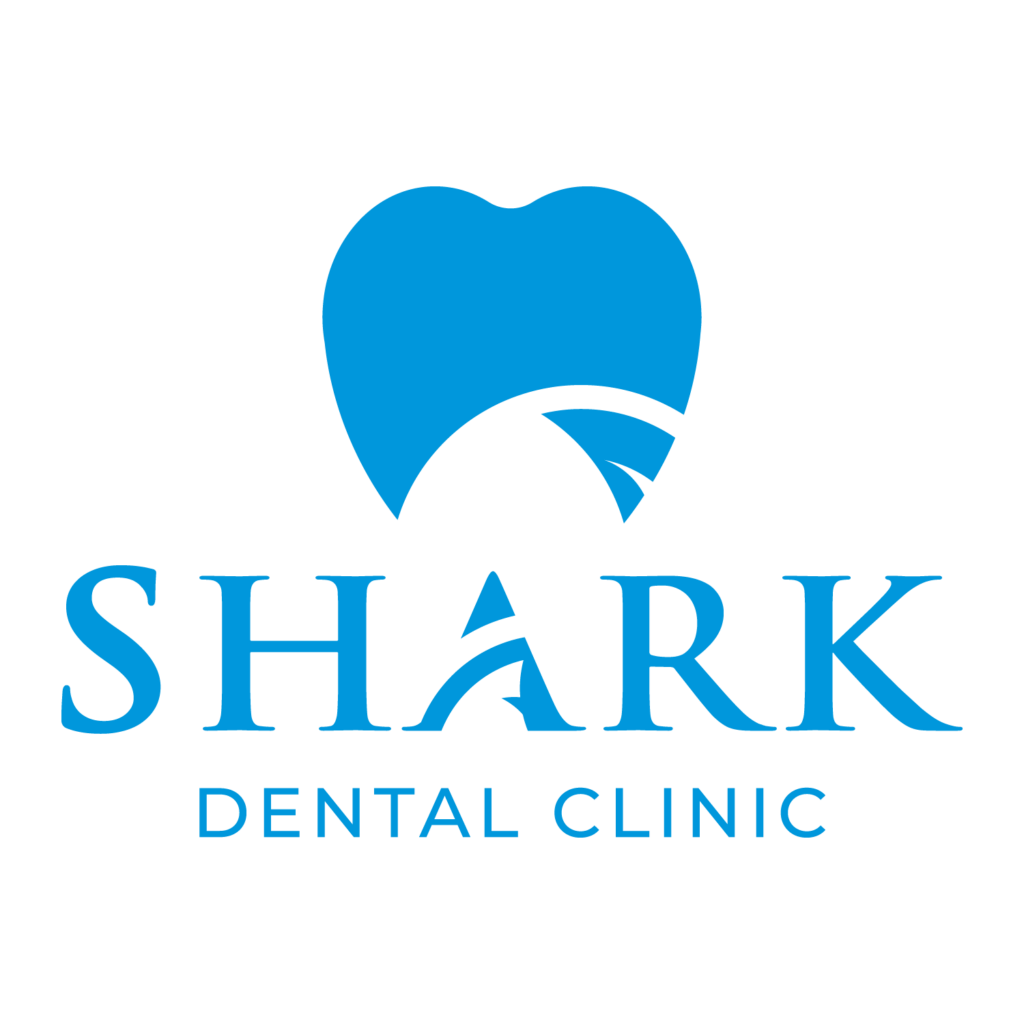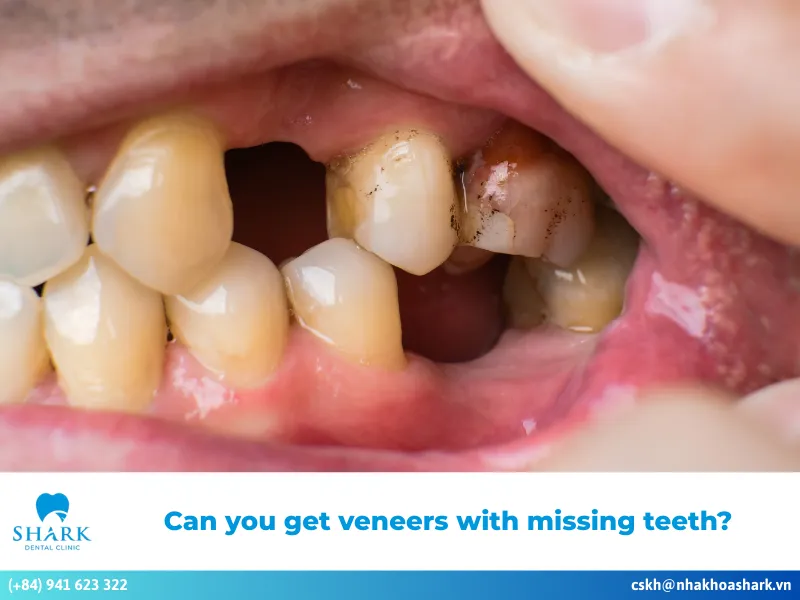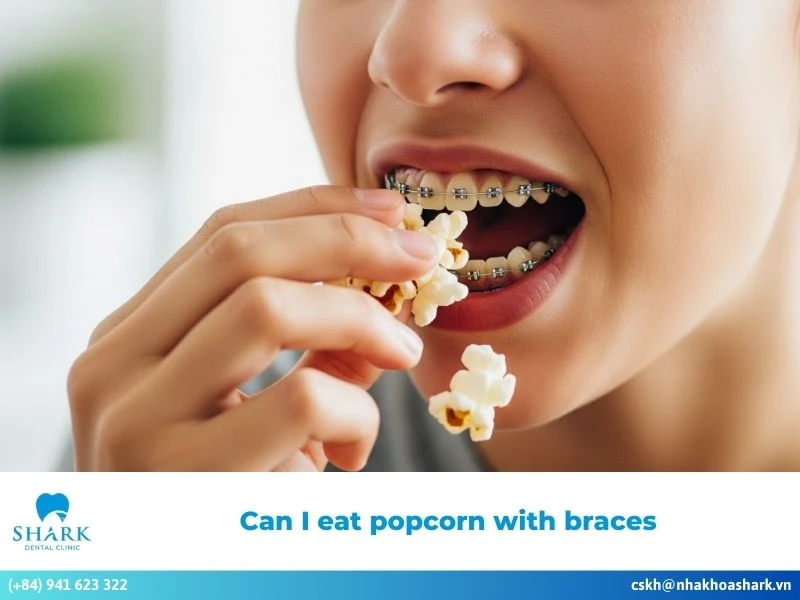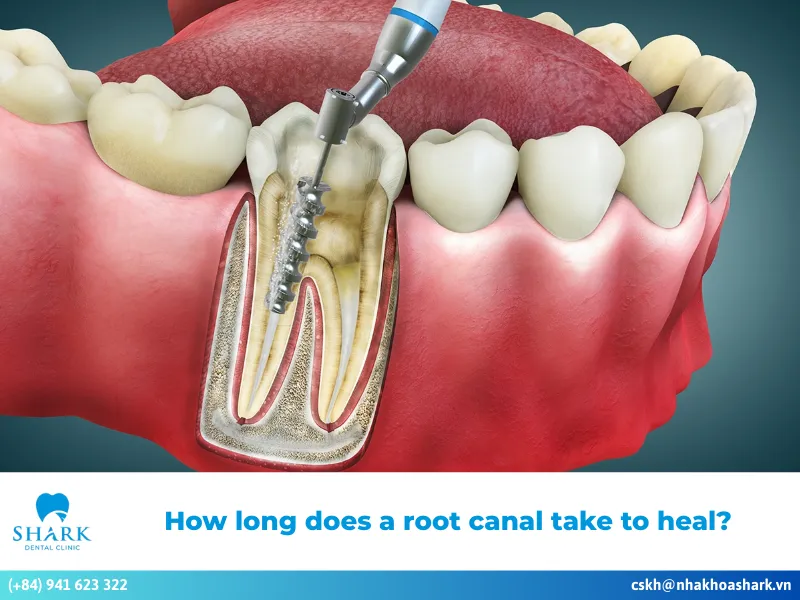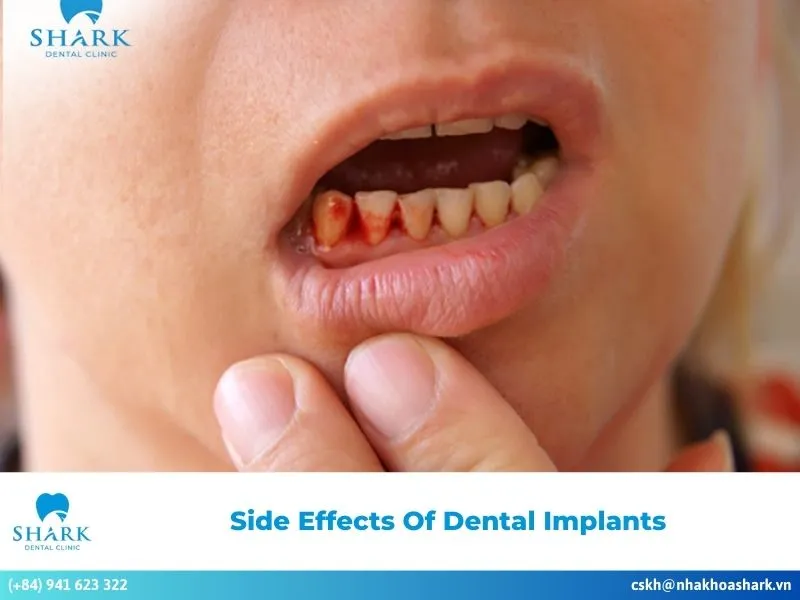Porcelain crown placement is a common dental restoration method used in cases of tooth decay, cracks, or fractures. However, in certain situations, patients may consider alternatives to dental crowns that offer optimal results at a more affordable cost. Let’s explore the details together with Shark Dental in the following article.
Onlay – Solution to preserve natural tooth tissue
If you are looking for alternatives to dental crowns that offer high durability while preserving as much of the natural tooth structure as possible, then using Inlay/Onlay restorations is the perfect solution for you.
Advantages:
- Maximum preservation of natural teeth: When using dental inlays/onlays, patients do not need to have much of their natural tooth structure ground down. Most of the original tooth is retained, thereby minimizing discomfort and tooth sensitivity.
- High durability: Inlay/Onlay restorations are made from pure ceramic or composite resin, offering excellent strength and durability. With proper care, they can last from 10 to 15 years.
- High aesthetic value: At reputable dental clinics, inlay/onlay fillings are crafted based on the patient’s natural teeth, ensuring similar size and color. This provides a highly aesthetic result, allowing patients to achieve a naturally beautiful smile.
- Effective orthodontic results: Dental fillings are custom-designed to fit each individual’s tooth structure, helping reduce the risk of gum inflammation and recurrent tooth decay.
Disadvantages:
- Time-consuming: To complete the restorative process, patients need to wait 2–3 days for the filling to be fabricated. After placement, they are required to return for 2–3 follow-up appointments to assess the restoration’s effectiveness.
- Not suitable for extensive damage: If a tooth is broken or has lost most of its structure, inlay/onlay fillings are not recommended. These restorations do not provide adequate coverage and fail to deliver optimal orthodontic results.

Tooth Extraction – One of the effective alternatives to porcelain crowns.
When a tooth has been severely damaged beyond repair—such as being fractured, severely infected, loose, or having a weakened root—extraction is considered the most effective solution to prevent serious complications. Tooth extraction also serves as an important preparatory step for restorative options like dental implants or dental bridges.
Advantages:
- Thorough removal of infection: In cases of severe tooth infection and loss of chewing function, tooth extraction is the top choice to eliminate persistent pain and prevent complications such as pulpitis, abscesses, and further infection.
- Preventing severe complications: Timely and appropriate tooth extraction helps prevent the spread of infection to soft tissues, the jawbone, or the development of fever and systemic infections.
- Facilitating dental restoration: For some patients with broken teeth or weakened dental structures, tooth extraction is a necessary step to prepare for more advanced restoration methods such as dental implants.
Disadvantages:
- Permanent tooth loss: Although restoration is possible later, tooth extraction means the permanent loss of a natural tooth.
- Jawbone resorption: When a lost tooth is not replaced promptly, the jawbone in that area will gradually deteriorate, affecting facial aesthetics and causing neighboring teeth to shift.
- Costly restoration: Replacement options after tooth extraction, such as dental bridges or implants, tend to be expensive and may not be affordable for many patients today.
- Psychological impact: Many people experience emotional distress and a lack of confidence in daily life after losing a tooth.
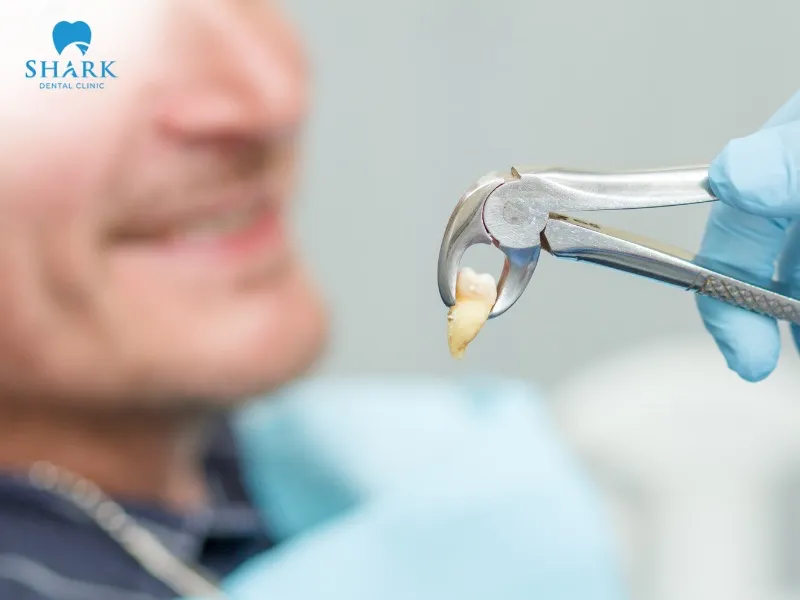
Dental filling – Cost-effective restorative solution
For mild to moderate tooth damage such as minor cavities or small cracks, dental fillings are recommended, as they offer effective restorative results at an affordable cost.
Advantages:
- Low cost: Dental fillings are a cost-effective cosmetic dentistry solution that effectively correct issues such as tooth discoloration, cavities, and cracked or chipped teeth.
- Timely results: Dental fillings offer fast results with a simple procedure and straightforward steps, providing immediate improvement in dental appearance and function.
- Minimal or no tooth grinding: The dental filling procedure involves minimal or no grinding of the tooth enamel, helping preserve the natural tooth structure to the fullest extent.
- Good aesthetics: The filling materials used at reputable dental clinics closely match the size and color of natural teeth, delivering superior aesthetic results after restoration.
- Suitable for various cases: Minor tooth decay, chipped teeth, gaps between teeth, and discolored teeth can all be effectively treated with dental fillings.
- Non-invasive to the dental pulp: The dental filling procedure does not affect the pulp or the original tooth structure.
Disadvantages:
- Low durability: The dental filling method is not highly rated for its longevity. If not properly cared for, the filling material can easily wear down, come loose, or break.
- Prone to discoloration: Dental filling materials tend to turn yellow or darken when exposed to tea, coffee, or tobacco if not properly maintained.
- Not suitable for severe damage: When the natural tooth is severely infected, has a weak root, or has undergone root canal treatment, it is not eligible for dental filling.
- Short lifespan: On average, dental fillings last only about 5–7 years, which is significantly shorter compared to dental crowns or porcelain veneers.
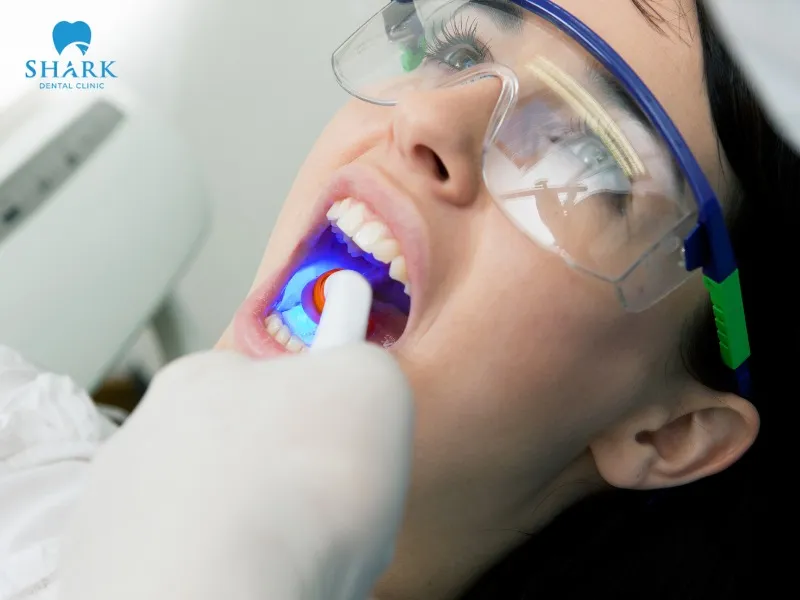
Dental veneers – Modern tooth restoration solution
One of the modern alternatives to dental crowns that offers outstanding aesthetic results and is highly regarded by many is porcelain veneers. Veneers are dental materials made from porcelain, designed to match the shape, size, and color of natural teeth. They are biocompatible and do not cause irritation in the oral cavity.
Advantages:
- High aesthetics: Porcelain veneers effectively improve dental imperfections such as discoloration, yellowing, and cracks, resulting in a brighter, more even, and confident smile.
- Minimally invasive: Compared to other restorative methods, porcelain veneers require only a very small amount of enamel to be removed—about 0.3 to 0.7 mm. This ensures safety and preserves the natural tooth structure within the oral cavity.
- Good durability: Veneers have a lifespan of 10–15 years, do not discolor, and are more resistant to scratches compared to conventional dental materials.
Advantages:
- Not suitable for weak or severely decayed teeth: Since veneers do not cover the chewing surface or the inner side of the tooth, they cannot protect teeth that are seriously damaged or have undergone root canal treatment.
- High cost: Veneer application is relatively expensive compared to traditional dental filling methods.
- Complex technique: Achieving effective veneer application requires a highly skilled dentist with precise and meticulous technique to ensure the veneer adheres firmly and aligns perfectly with the natural tooth.
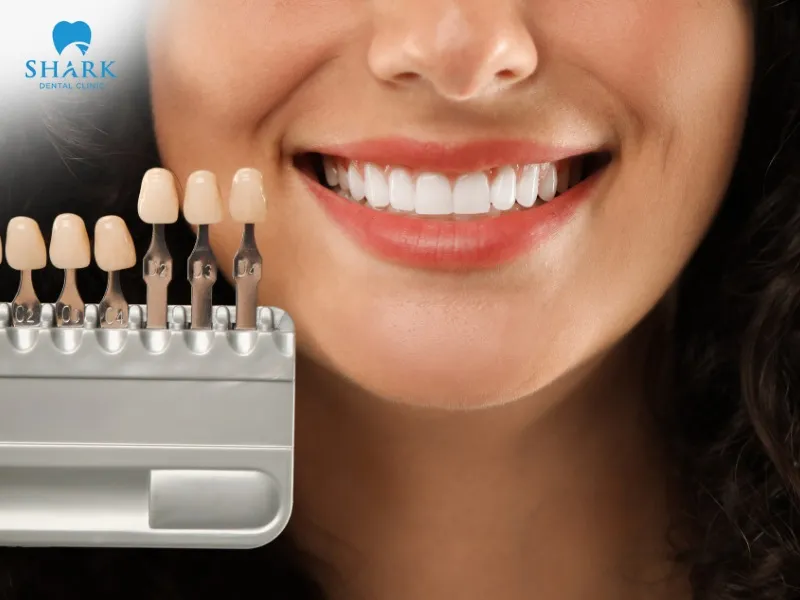
Here are some effective alternatives to dental crowns that are widely chosen today. At reputable dental clinics, depending on your actual oral condition and personal circumstances, the dentist will recommend the most suitable tooth restoration method for you. Wishing you soon achieve a bright, healthy smile and confidence in every moment!


